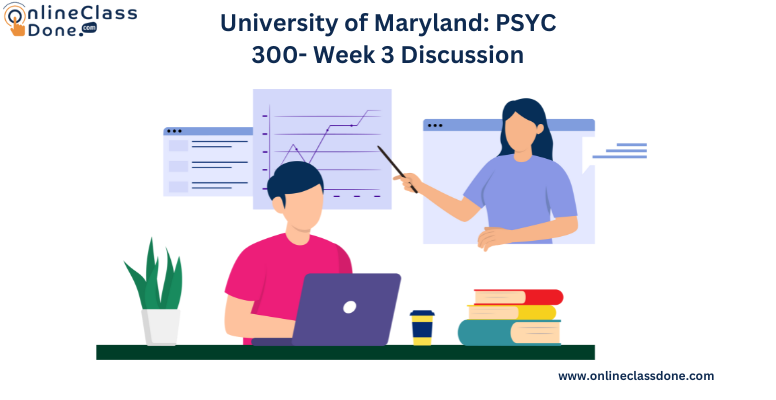Question:
Choose a construct (sexual jealousy, self-confidence, etc.) and find and describe two measures of that construct in the research literature. Identify the references (using APA style) and describe the measures for each (find at least two peer-reviewed scientific articles). If you were conducting your own study, which one (if either) would you use and why?
Note: please refer to this week's reading to understand what a construct is and what a measure is. You should refer to the types of measures in your post: behavioral, physical, etc...
Some variables are easy to measure like age of a person, scores on a statistics test for students etc, which are quantitative measures. However, some variables like attractiveness, confidence, jealousy or capability are difficult to measure as they are not straightforward and are known as constructs (Saylor Foundation, n.d).
Answer:
OSHA has been able to contribute significantly towards workplace safety and since it was implemented in 1971, it has been able to reduce casualties while working at workplace. OSHA has been able to bring out collaborative education and outreach efforts and kept relentless checks on any possible violations by regular site inspections.
Coolness is something that one associated with swanky cars, electronic appliances etc and is something that really cannot be evaluated easily. What may be cool to me might not be the same for another person. Coolness is now an essential psychological criterion for designers and developers when new products, interfaces and applications are being developed. This article explores the coolness factor by developing a coolness questionnaire (Brunn, Raptis, Kjeldskov & Skov, 2016). Similarly, confidence level is something which is a construct and not easy to measure. A study of confidence was undertaken at the University of Newcastle to explore relationship between confidence, self-efficacy and resource allocation and was important from the perspective of disadvantaged students who face many barriers to get educated (Atherton, 2015). I would take up the first study if I had to as that is something that is more measurable, especially with the coolness questionnaire and other tools shown in the study, while the second study does not provide any major tools to
Choose a construct (sexual jealousy, self-confidence, etc.) and find and describe two measures of that construct in the research literature. Identify the references (using APA style) and describe the measures for each (find at least two peer-reviewed scientific articles). If you were conducting your own study, which one (if either) would you use and why?
Note: please refer to this week's reading to understand what a construct is and what a measure is. You should refer to the types of measures in your post: behavioral, physical, etc...
Some variables are easy to measure like age of a person, scores on a statistics test for students etc, which are quantitative measures. However, some variables like attractiveness, confidence, jealousy or capability are difficult to measure as they are not straightforward and are known as constructs (Saylor Foundation, n.d).
Answer:
OSHA has been able to contribute significantly towards workplace safety and since it was implemented in 1971, it has been able to reduce casualties while working at workplace. OSHA has been able to bring out collaborative education and outreach efforts and kept relentless checks on any possible violations by regular site inspections.
Coolness is something that one associated with swanky cars, electronic appliances etc and is something that really cannot be evaluated easily. What may be cool to me might not be the same for another person. Coolness is now an essential psychological criterion for designers and developers when new products, interfaces and applications are being developed. This article explores the coolness factor by developing a coolness questionnaire (Brunn, Raptis, Kjeldskov & Skov, 2016). Similarly, confidence level is something which is a construct and not easy to measure. A study of confidence was undertaken at the University of Newcastle to explore relationship between confidence, self-efficacy and resource allocation and was important from the perspective of disadvantaged students who face many barriers to get educated (Atherton, 2015). I would take up the first study if I had to as that is something that is more measurable, especially with the coolness questionnaire and other tools shown in the study, while the second study does not provide any major tools to
09:17 AM - Nov 12, 2024 (UTC)

